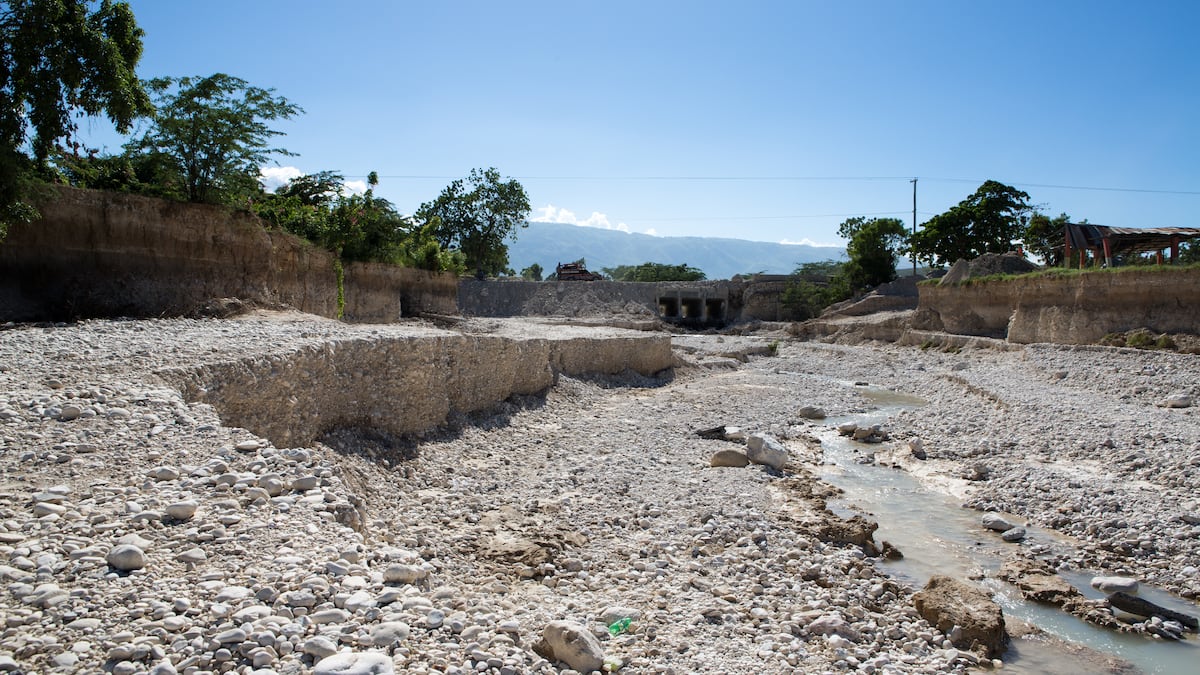
"Latin America and the Caribbean is ranked second after Africa as the region most vulnerable to climate change due to factors like geography, debt, and governance."
"Eight countries in Latin America and the Caribbean are categorized as high-risk, including Venezuela and Haiti, collectively representing a population of 105 million."
"Countries in debt face repeated downgrades from credit agencies, increasing their cost of capital and making climate adaptation financially unfeasible."
"An index merging climate risk, financial insecurity, and governance indicators across 188 countries projected future scenarios of climate vulnerability."
Latin America and the Caribbean ranks second after Africa in vulnerability to climate change, influenced by geographic factors, financial instability, and poor governance. Many at-risk countries have high debt levels, which leads to lowered credit ratings and increased costs of capital, making climate adaptation difficult. Eight nations, including Venezuela and Haiti, fall into a high-risk category, totaling approximately 105 million people. An index combining climate data, financial factors, and governance measures has been developed, assessing current and projected vulnerabilities, aiming to address temperature rise targets set by the Paris Agreement.
Read at english.elpais.com
Unable to calculate read time
Collection
[
|
...
]